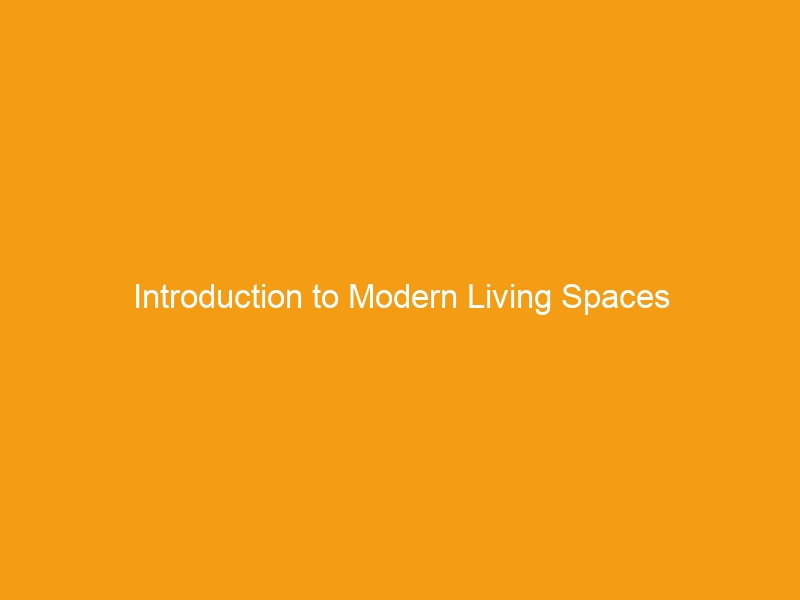Modern living spaces encompass a fascinating blend of innovation and creativity, intertwining aesthetics with practicality to address today’s evolving homeowner needs. Gone are the days when homes were mere shelters; now, they reflect personal identity and lifestyle. Given this shift, tapping into the insights of specialists like Bend OR real estate advisor Christy Evans can provide valuable guidance on aligning your living space with current trends while infusing personal style.
This new wave of home design emphasizes the harmonious integration of technology, artistic design, and eco-friendly principles. Homeowners increasingly seek an address and a sanctuary that meets modern standards of convenience, style, and sustainability—an endeavor in which expert advice becomes invaluable.
Maximizing Space with Open Floor Plans
The open floor plan is a triumph of modern design, banishing the rigid compartmentalization of older homes in favor of multi-functional, flowing spaces. By merging kitchens, dining, and living areas, these layouts encourage social interaction and more efficient use of space. They transform homes into venues for entertainment, enabling hosts to converse with guests without barriers.
Open plans also play into the current minimalist trend by enhancing natural light, creating a sense of spaciousness even in smaller areas. This approach is prevalent in urban environments, where maximizing space is vital. It encourages creative room arrangements, promoting communal living while catering to privacy needs with clever furniture placement and partitioning techniques.
Integrating Smart Home Technology
Incorporating innovative technology into home design has given homeowners unprecedented control over their environments. Smart devices can regulate lighting, climate, and security from smartphones. These innovations offer convenience and enhance a home’s energy efficiency, reflecting a broader trend toward greener living.
Modern design incorporates innovative technology, providing homeowners with advanced security features and automation of daily routines. Intelligent systems can learn from inhabitants’ habits, optimizing comfort and efficiency while minimizing environmental impact.
Sustainable and Eco-friendly Design Practices
- Use of recycled materials.
- Implementation of water-saving fixtures.
- Incorporating solar energy solutions.
The drive toward sustainable living has catalyzed architectural and interior design shifts as more eco-conscious homeowners seek to minimize their carbon footprints. Utilizing recycled materials and non-toxic finishes protects the environment and can contribute to a healthier home atmosphere. Adopting water-efficient plumbing fixtures and systems further aligns homes with conservation goals.
Solar panels are becoming increasingly common, offering sustainable and often cost-saving energy solutions. Green roofs and walls are aesthetic yet functional additions that can insulate homes, reduce urban heat, and support wildlife. Integrating these elements underscores a commitment to living sustainably. It provides lasting benefits for both the homeowner and the planet.
Harmony of Indoor and Outdoor Living
Indoor and outdoor living are seamlessly merging through architectural advancements focusing on biophilic design. Elements such as expansive glass doors, strategically placed windows, and coherent color palettes create inviting transitions, drawing the exterior into daily life. These designs can enhance well-being by fostering a connection to nature, a need increasingly recognized in modern psychology.
This integration can significantly benefit mental and physical health, reducing stress and inspiring creativity. By incorporating elements like vertical gardens, natural materials, and more daylight, homeowners can create tranquil retreats within urban settings, ensuring their spaces are as nurturing as they are progressive.

